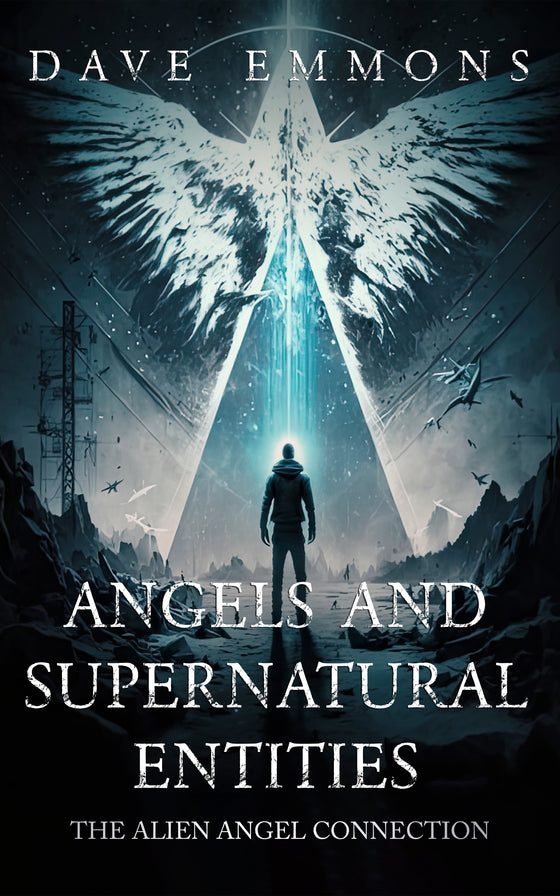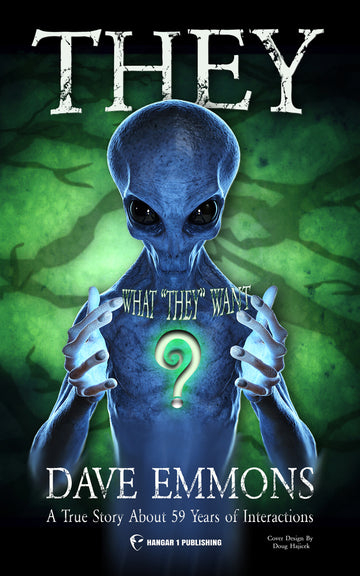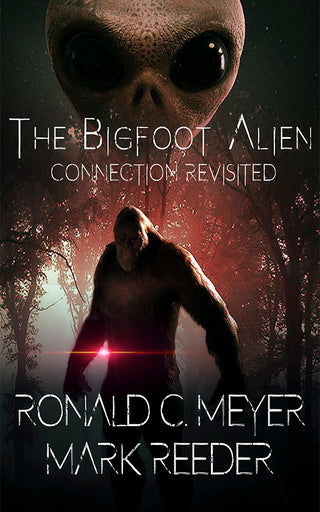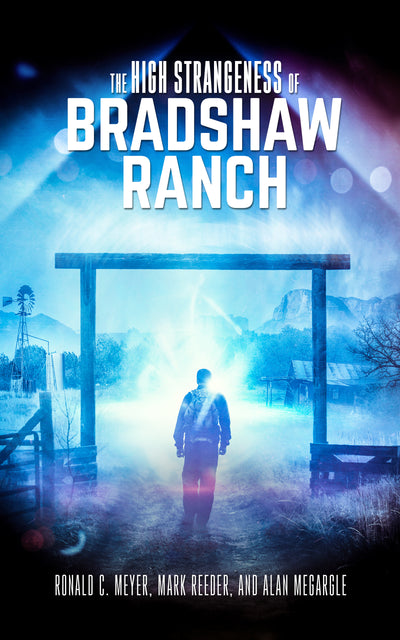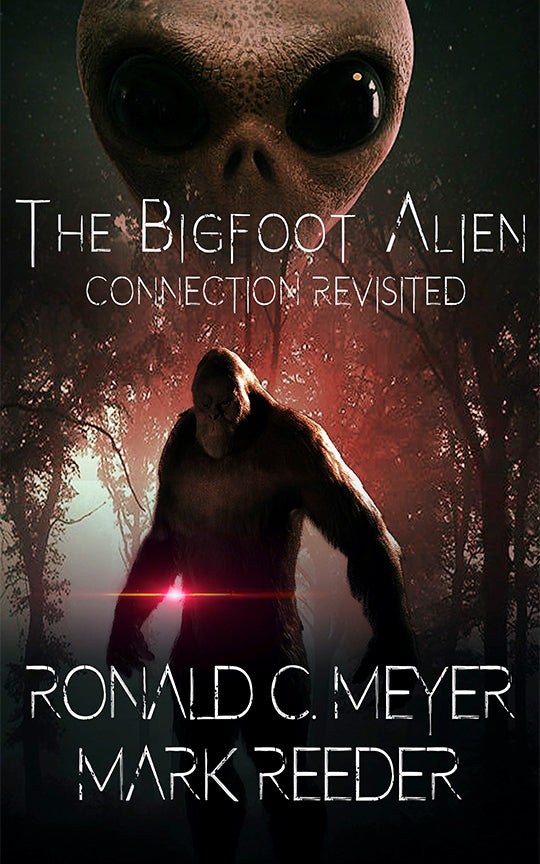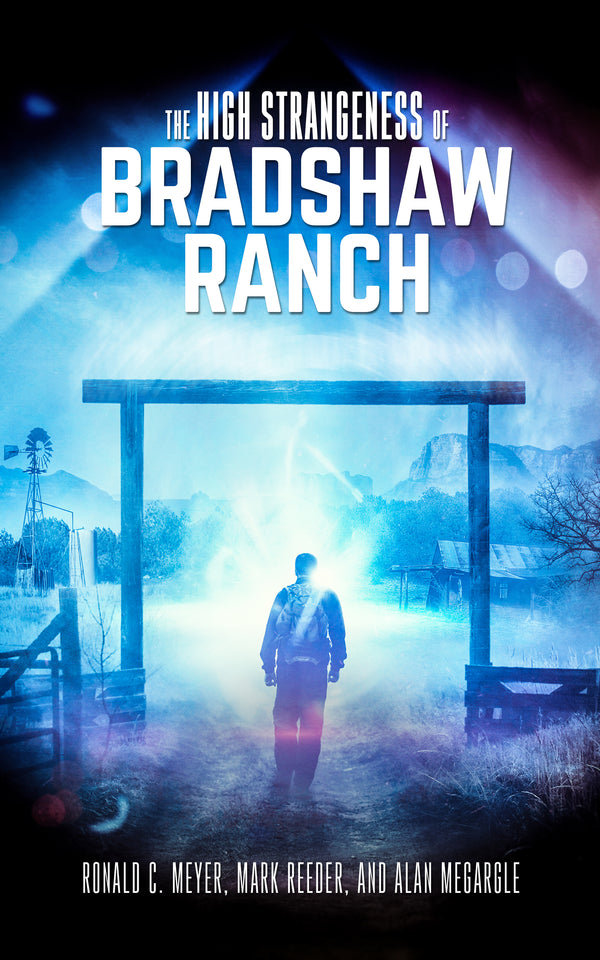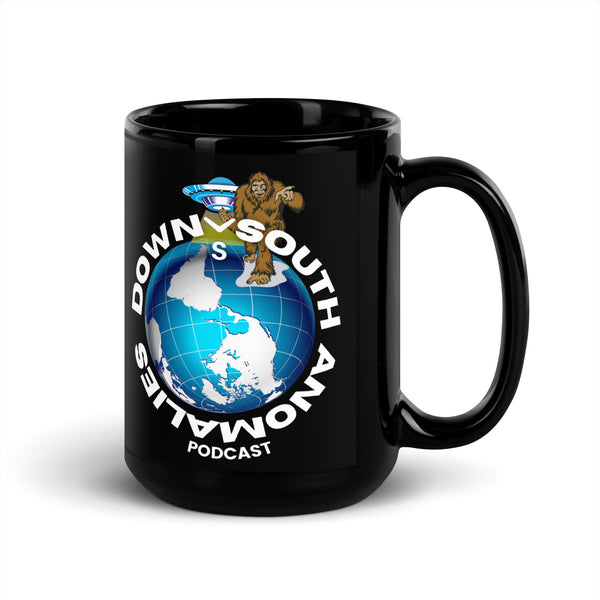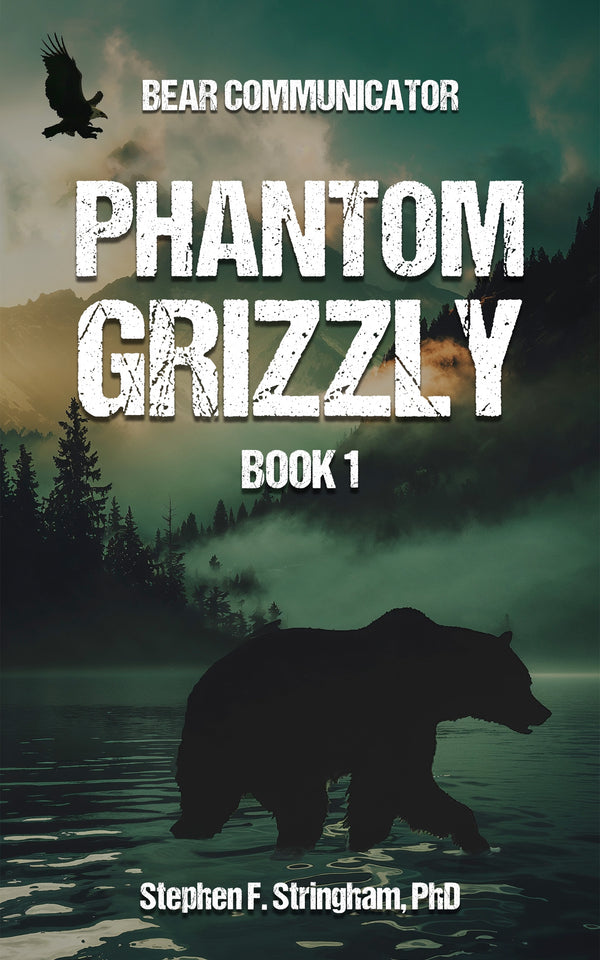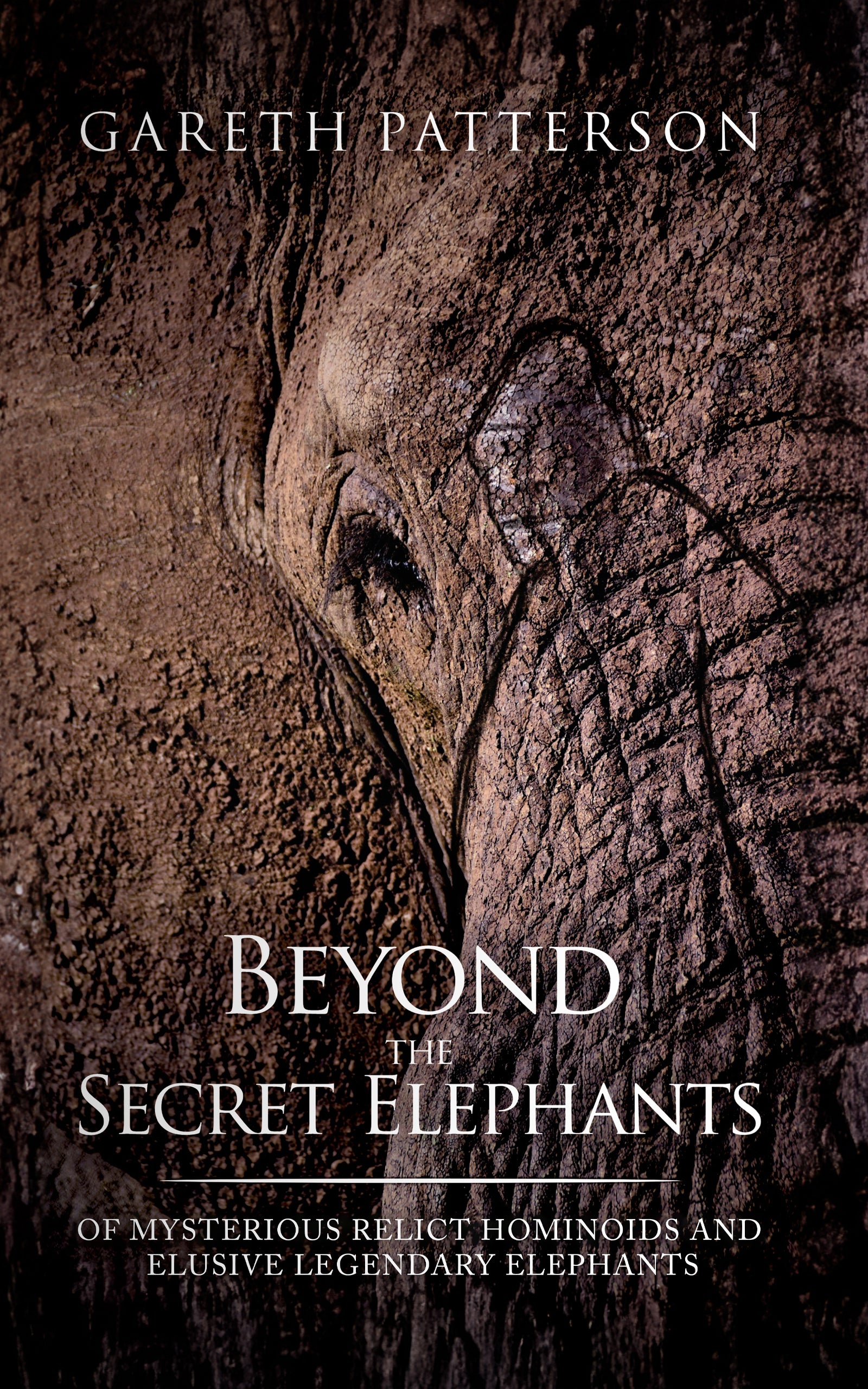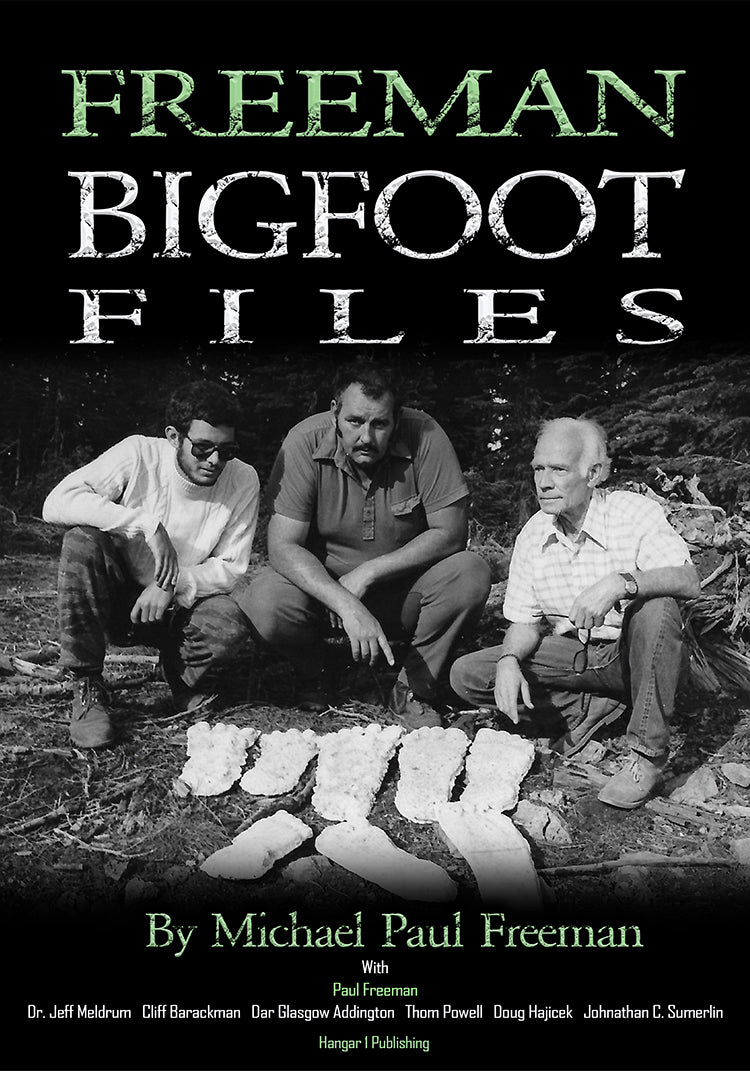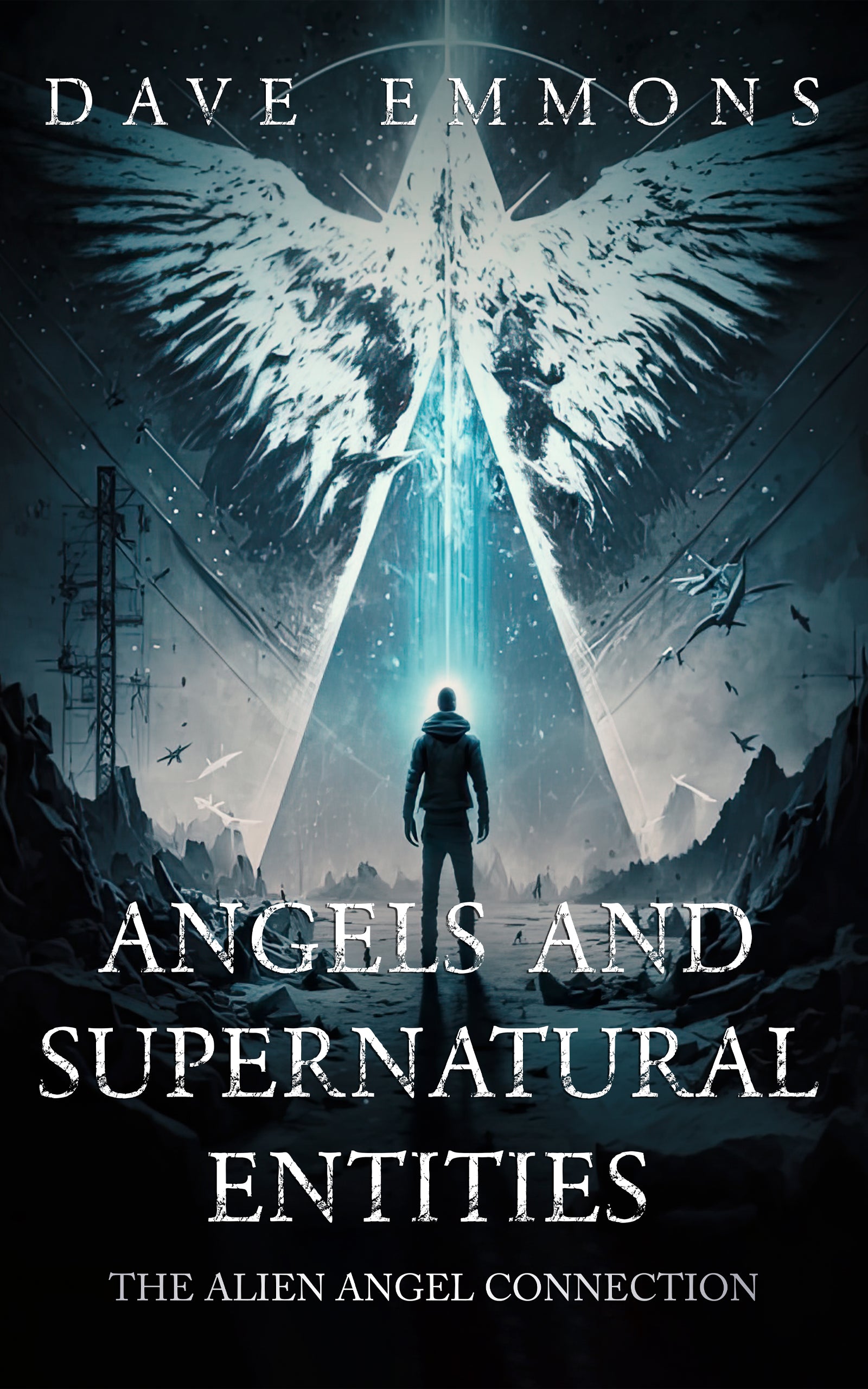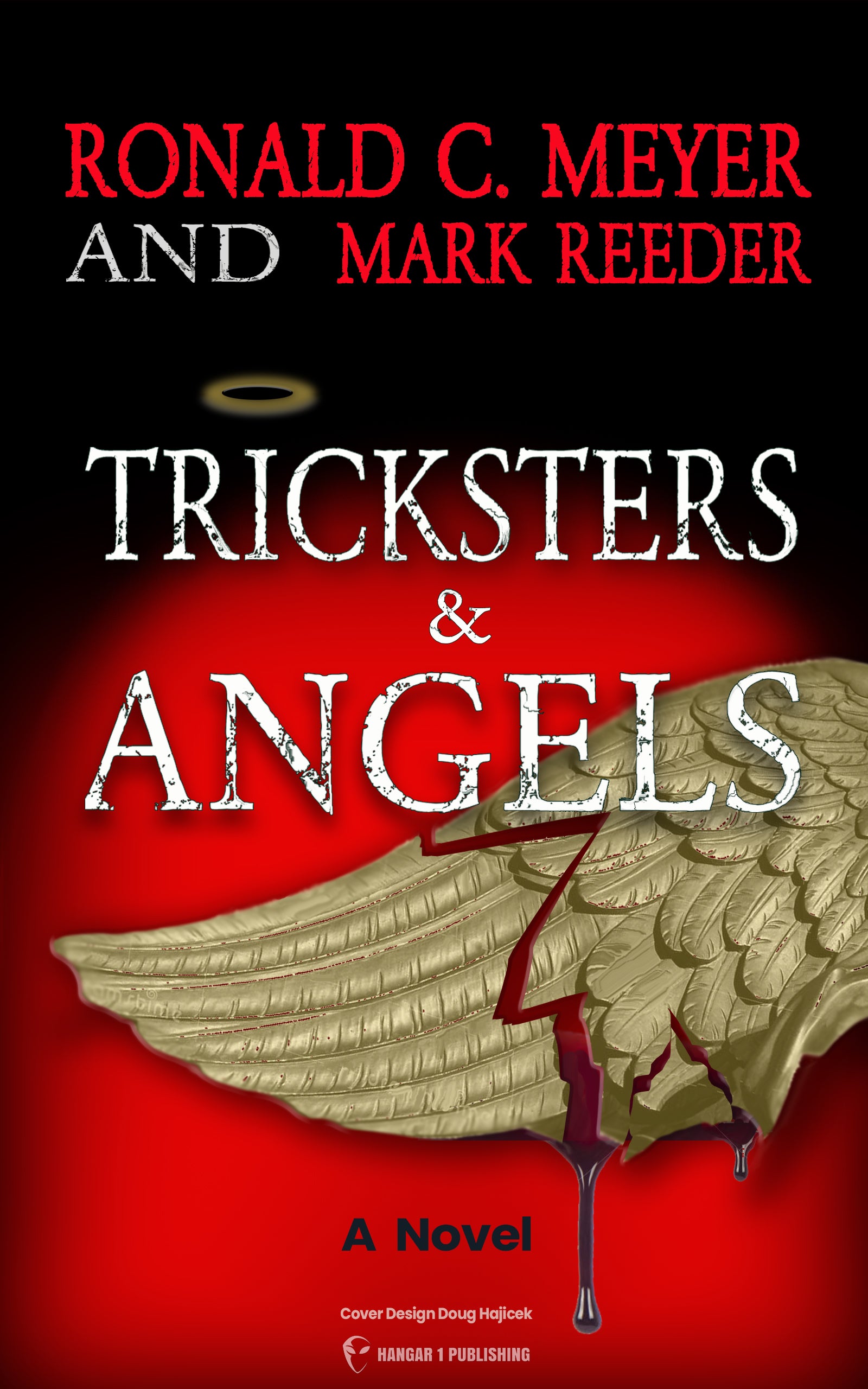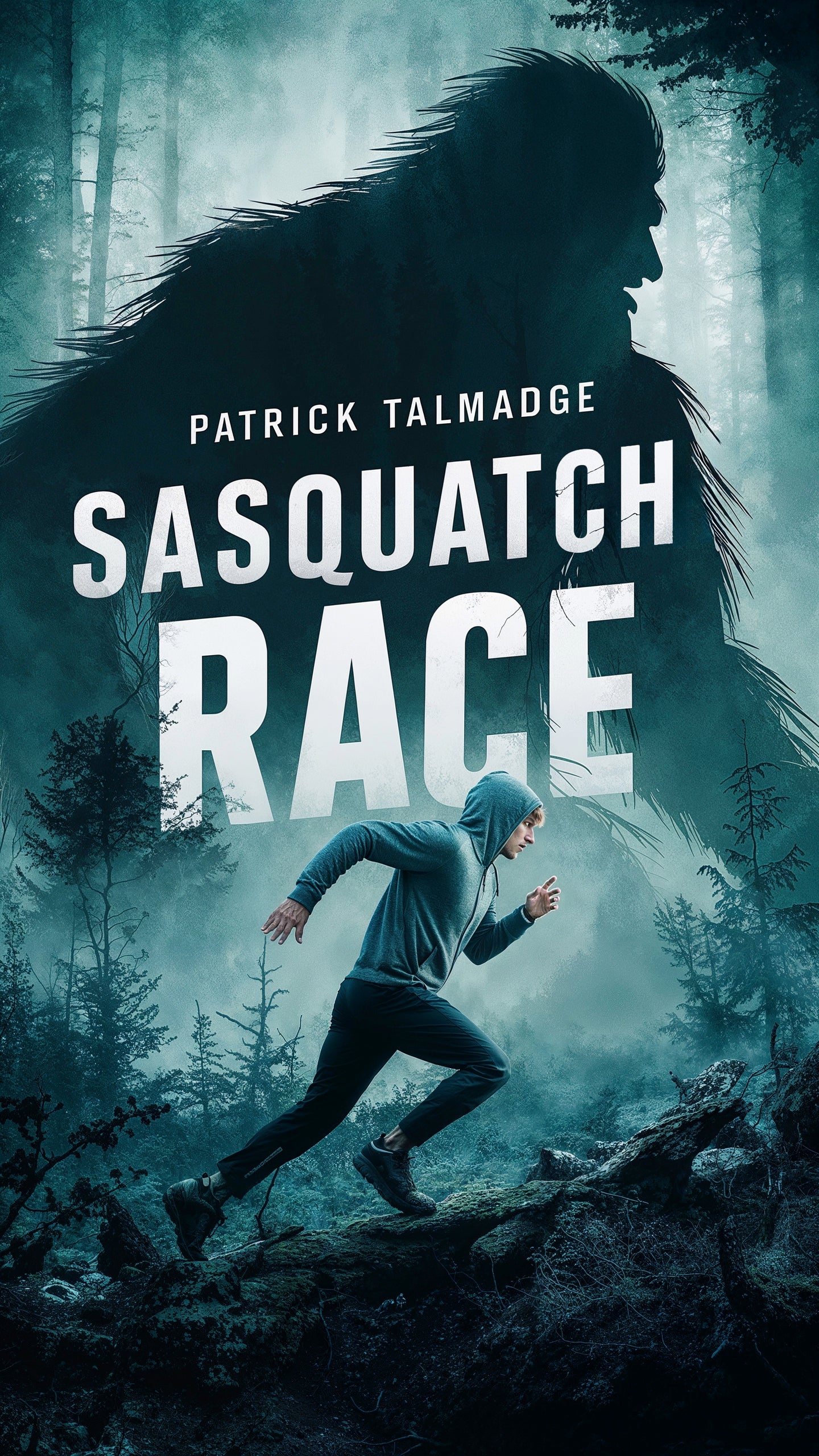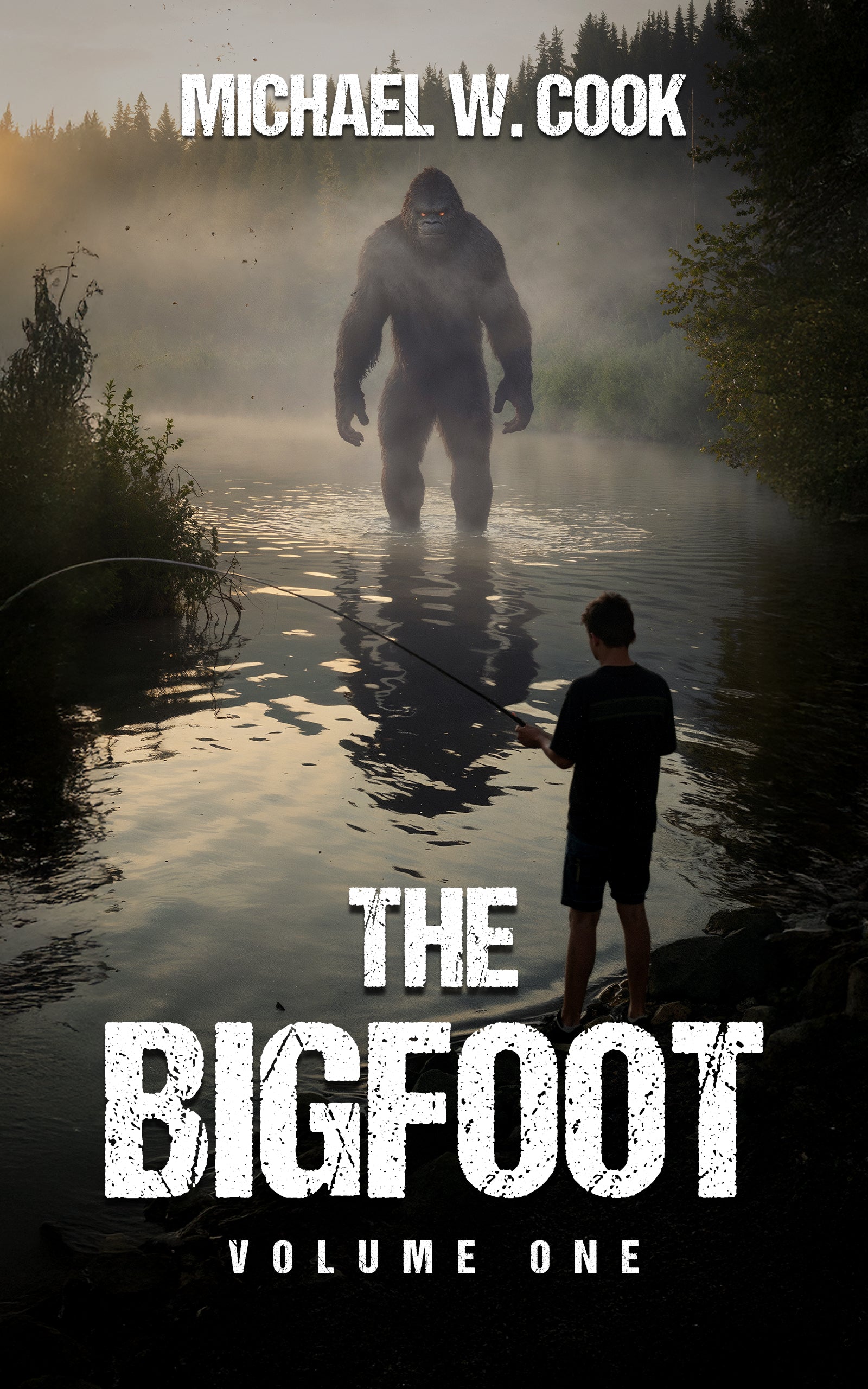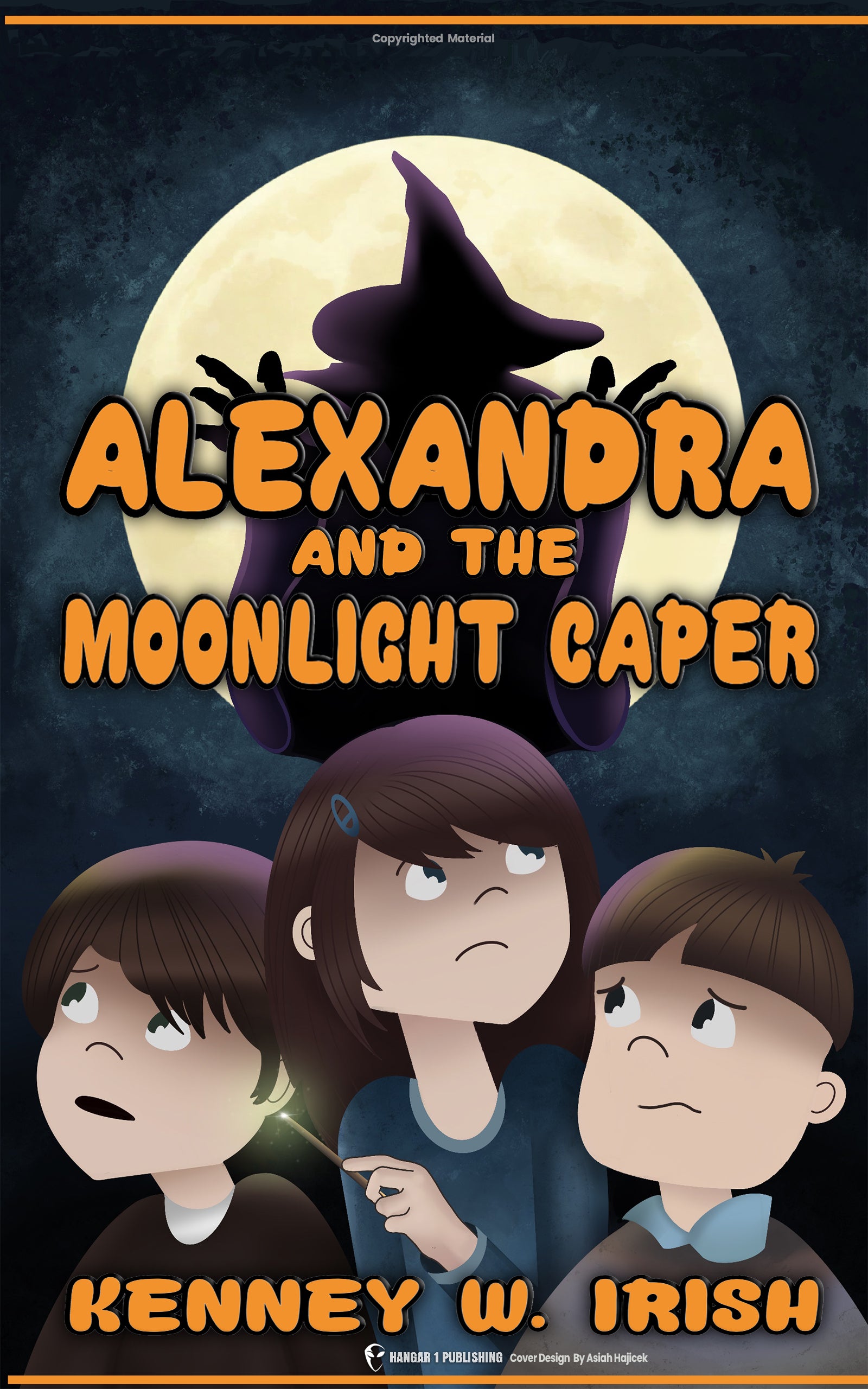UFO Hunters: What They Really Found
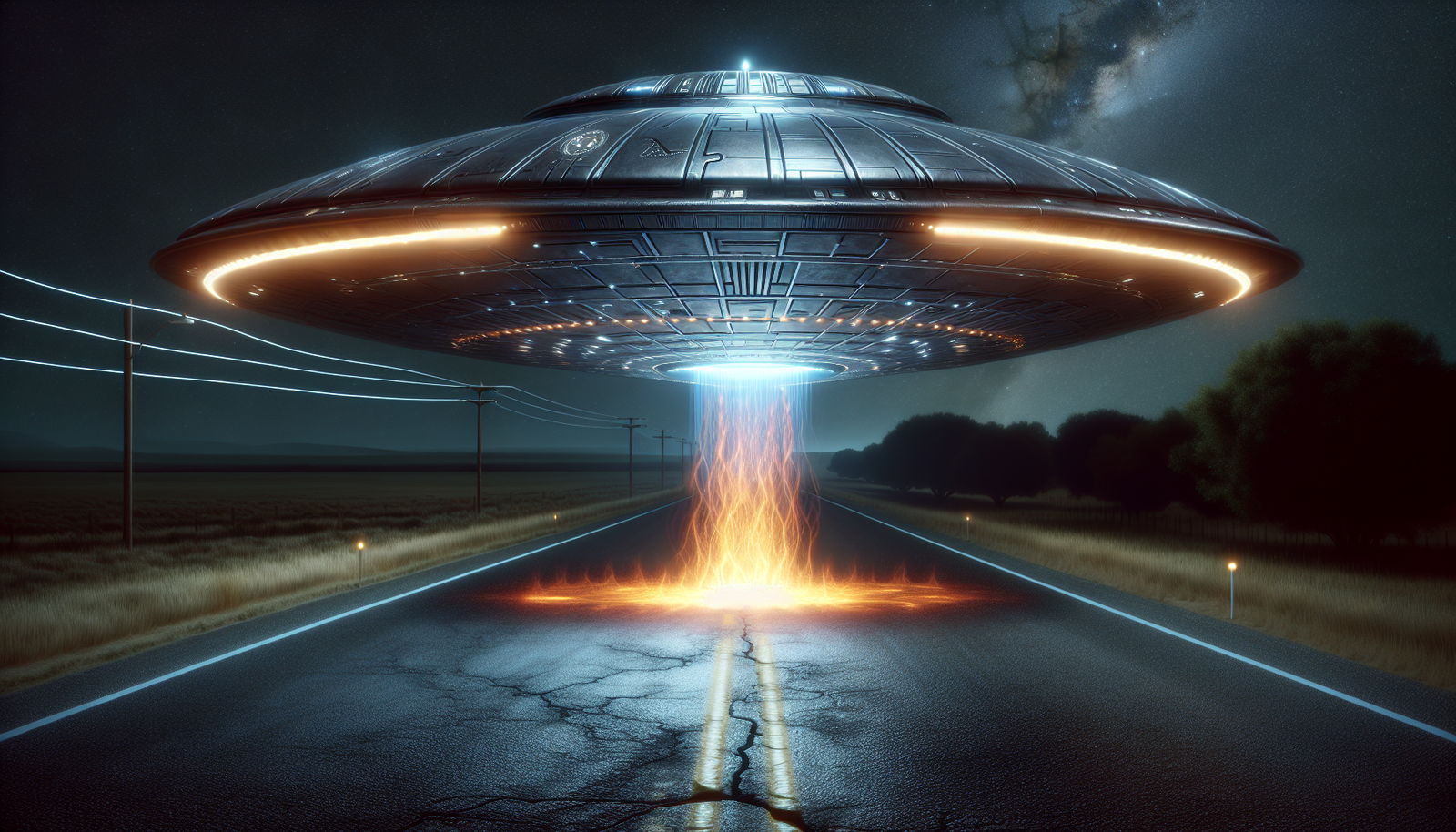
By Howard Callahan, Ufologist
In January 2008, a new kind of investigation show premiered on the History Channel. Against the backdrop of eerie music and dramatic narration, a team of researchers posed a simple yet profound question: "Hoax or History?" For three seasons, "UFO Hunters" attempted something rarely seen on television—applying genuine scientific methodology to the study of unidentified flying objects.
While many dismissed the show as mere entertainment, a closer examination reveals something more substantial. Between 2008 and 2009, the team conducted 39 investigations that generated physical evidence, scientific analysis, and witness testimony that continues to challenge conventional explanations. Their work represented a watershed moment in how UFO phenomena would be studied, documented, and presented to the public.
The Investigative Team and Their Approach
"UFO Hunters" assembled a deliberately diverse team of experts with complementary skills. At the helm was William J. Birnes, publisher of UFO Magazine and the team's historical knowledge base. Alongside him was Pat Uskert, a researcher and scuba diver who appeared throughout all three seasons and often served as the pragmatic bridge between extreme positions.
The scientific backbone initially came from Dr. Ted Acworth, an MIT-educated mechanical engineer whose skepticism created a productive tension within the team. "I felt my role was to be the voice of scientific reason," Acworth later said in interviews. "I wanted to make sure we were asking the right questions, not just accepting extraordinary claims without extraordinary evidence."
Jeff Tomlinson, an investigative biologist, joined for the first season, while mechanical engineer Kevin Cook replaced Acworth in season three. Behind the scenes, experiments producer John Tindall designed tests to analyze physical evidence the team collected.
What separated "UFO Hunters" from similar shows was their toolkit and methodological approach. Unlike paranormal programs that relied primarily on personal experiences and handheld cameras in the dark, the UFO Hunters employed:
- Ground-penetrating radar to examine subsurface anomalies
- Metal detectors and systematic grid searches at alleged crash sites
- Geiger counters and radiation detection equipment
- Specialized underwater equipment for USO (Unidentified Submerged Object) investigations
- Laboratory partnerships for electron microscopy and spectrographic analysis
- Advanced camera systems including thermal imaging
"We were obsessive about chain of custody," Pat Uskert explained in a 2010 interview. "If we collected a soil sample or a piece of metal, we documented exactly where it came from, who handled it, and maintained control until it reached the lab. That's not TV drama—that's basic investigation protocol."
The Maury Island Mystery: Their First and Most Significant Case
The series premiere, "The UFO Before Roswell," investigated an incident that occurred in Puget Sound, Washington, two weeks before the famous Roswell crash. On June 21, 1947, harbor logger Harold Dahl reported that a "donut-shaped" craft had malfunctioned overhead, dropping hot, slag-like material that injured his son and killed his dog.
What made this case particularly compelling was the aftermath: two Air Force intelligence officers, Lieutenant Brown and Captain Davidson, collected samples of the material from Dahl. The next day, their B-25 bomber crashed under mysterious circumstances, killing both officers. Official reports attributed the crash to an engine fire, but the team's investigation suggested another possibility.
Pat Uskert dove into Puget Sound to collect samples from where Dahl reported the material fell. Laboratory analysis revealed some material had unusual aluminum composition with iron content higher than typically found in commercial alloys of the period.
The team conducted an experiment that demonstrated how magnetically charged material could interfere with aircraft electrical systems—potentially explaining the B-25 crash. While not conclusive, this investigation showcased the show's approach: combining historical research, eyewitness testimony, physical evidence collection, and laboratory testing to explore multiple possibilities.
The Cash-Landrum Incident: Radiation Evidence
Among the most medically significant cases the team investigated was the December 29, 1980 encounter in Huffman, Texas. Betty Cash, Vickie Landrum, and Colby Landrum (Vickie's 7-year-old grandson) reported encountering a diamond-shaped object hovering over the road, spewing flames downward and emitting intense heat.
What made this case extraordinary was the aftermath. Within hours, all three developed symptoms consistent with radiation exposure. Betty Cash, who had stepped out of the car during the encounter, suffered the most severe effects—burns, blisters, hair loss, and nausea that required multiple hospitalizations.
The team interviewed Colby Landrum, now an adult and the sole surviving witness, who maintained his account decades later. "I was scared," he recalled. "I actually got down on the floorboard and was kind of peeking over. It looked as if it was on fire."
Dr. Brian McLendon, who treated Betty Cash for 18 years, told the investigators: "There's absolutely no doubt in my mind that she had high energy radiation exposure." McLendon noted that her medical records from Parkway Hospital could not be obtained despite numerous signed release forms—an anomaly in medical practice that suggested possible intervention.
The team also interviewed Betty's daughter, Mickey, who described her mother's horrific condition in the hospital: "She had blisters on the face, burns on the arm, her hair falling out in clumps. I didn't know it was my mother."
Another perplexing element was the presence of approximately 23 military helicopters—described as twin-rotor Chinooks—that multiple witnesses reported seeing around the object. Yet Lieutenant Colonel George Sarran, who led the Pentagon's investigation, insisted no military helicopters were deployed that night.
"The Cash-Landrum case remains one of the most medically documented UFO encounters in history," Birnes noted. "We have physical injuries, medical records, multiple witnesses, and a military investigation that paradoxically both confirms and denies aspects of the event."
Underwater Phenomena off Catalina Island
In "USOs" (Unidentified Submerged Objects), the team investigated reports around Catalina Island, California, including a 1980 case where pilot Noah Feliz claimed a bright light from an underwater object disabled his plane, causing it to crash.
The team's sonar survey of the area located a plane wreck, but it wasn't Feliz's aircraft. Lab experiments demonstrated how a strong electromagnetic pulse could indeed disable an aircraft engine—providing a scientific mechanism that could explain both Feliz's account and similar aviation incidents.
UFO researcher Preston Dennett told the team: "I've collected probably 50-100 reports of this kind in just this area. My theory is that the USOs are using this place kind of like a hunter's blind."
The investigation revealed a curious fact: the depth of the San Pedro Basin near Catalina reaches nearly one mile, potentially providing concealment for objects entering and exiting the water. The team documented multiple credible witnesses including police officers and military personnel who had observed objects moving between air and water at impossible speeds.
"What's spooky," Bill Burns remarked during the investigation, "is when you call this place a hunter's blind, because if it's a hunter's blind, there's a hunter, and we're the prey."
Breaking the O'Hare Airport Incident Wide Open
On November 7, 2006, something extraordinary happened at one of America's busiest airports. Multiple United Airlines employees—including ground personnel, managers, and pilots—reported seeing a dark gray disc-shaped object hovering between 1,000 and 1,900 feet above Gate C17 at Chicago's O'Hare International Airport.
The object reportedly remained stationary for approximately 15 minutes before accelerating upward at tremendous speed, punching a clean hole through the dense cloud cover. Despite numerous witnesses, both United Airlines and the FAA initially denied any knowledge of the incident.
The team obtained actual tower communications that proved otherwise:
"Hey, did you see a flying disc out by C7?" "The pilot and the ramp guys are telling us at C7 they saw some flying disc above." "Oh, we saw it a half hour ago." "Who saw it?" "Whole bunch of us over at the Charlie concourse."
Through Freedom of Information Act requests, the team built a compelling case that both the airline and regulatory authorities had attempted to suppress witness accounts. Chicago Tribune transportation reporter Jon Hilkevitch, who broke the story, told the team: "Certainly there was a cover-up. Whether they communicated behind the scenes to line up this story, I can't say, but they both denied any knowledge of the existence of these reports."
Perhaps most scientifically significant was the cloud "punch hole" that multiple witnesses reported. Meteorologist William Puckett calculated that creating a hole of that size in the cloud layer would require approximately 100 megawatts of power—nearly double the output of a 747's engines at full throttle.
"There really are only a couple of ways you could introduce heat into a cloud column like that," the team's scientific consultant explained. "One would be some sort of object that was radiating heat as it climbed. The other would be something much more lightning-fast—an electromagnetic impulse that would heat the air column itself."
Underground Bases and the Show's Mysterious Ending
If one episode of "UFO Hunters" stands out for controversy, it's "Underground Alien Bases" from the third season. The investigation focused on claims about an alleged facility beneath Dulce, New Mexico, where some researchers believe joint human-alien operations have been conducted.
According to reports, this facility contains multiple levels where experimental procedures, genetic engineering, and mind control research supposedly take place. While the evidence presented was largely testimonial rather than physical, what happened after the episode aired became part of UFO lore.
In a 2011 interview, William Birnes claimed that after the Dulce Base episode aired, top-level executives at History Channel abruptly canceled the show. Season 3 ended suddenly, with the final four episodes only broadcast months later in a marathon on October 29, 2009.
While no definitive explanation for the cancellation has been confirmed, this claim has become integrated into the broader narrative about government suppression of UFO information. The episode itself presented witness testimony from individuals claiming firsthand knowledge of the facility, though physical evidence remained elusive.
What They Really Found: Physical Evidence Cases
Across 39 investigations, the team accumulated physical evidence that continues to challenge conventional explanation. In "Aurora First Contact," they used ground-penetrating radar to locate what appeared to be an unmarked grave in the Aurora Cemetery—consistent with the 1897 newspaper account of an "alien pilot" burial following a crash.
Metal samples collected from the Aurora crash site showed unusual aluminum alloys with iron content not matching known commercial formulations of the time—particularly significant since aluminum production was extremely limited and expensive in the 1890s.
In "UFO Relics," the team analyzed a strange glass-like rock found in Poland and an odd piece of metal a Missouri man claimed fell from a UFO. While not all samples proved anomalous, the systematic approach to evidence collection and analysis set new standards for the field.
One of the most visually compelling pieces of evidence came during "Alien Implants" when the team documented the surgical removal of an object from a man's leg. Laboratory testing showed the object emitted radio frequencies of 35 MHz (VHF range) and 59 GHz (extremely high frequency used by radio astronomers). Even more puzzling, the object appeared to move independently during extraction, without being touched by surgical instruments.
The Scientific Legacy and Modern Connections
While "UFO Hunters" ended in 2009, its scientific approach anticipated developments that would emerge years later. In 2017, The New York Times revealed the Pentagon's Advanced Aerospace Threat Identification Program (AATIP), which had been studying UFOs—now termed UAPs (Unidentified Aerial Phenomena)—since 2007, overlapping with the show's production.
Many of the cases and phenomena documented by "UFO Hunters" share characteristics with incidents now acknowledged by the U.S. military: objects demonstrating extraordinary acceleration, hovering capabilities, and apparent defiance of conventional aerodynamics.
The show's emphasis on multiple forms of evidence—combining eyewitness testimony with radar data, physical samples, medical records, and documentary evidence—established an investigative template that modern researchers continue to employ.
"What we were doing wasn't just television," Pat Uskert reflected years later. "We were documenting phenomena that deserve serious scientific investigation, regardless of their ultimate explanation. The cases we covered involved pilots, military personnel, police officers—credible observers reporting extraordinary things that affected their lives."
Between Entertainment and Investigation: The Balancing Act
The tension between entertainment television and scientific investigation remained evident throughout the series. Dr. Ted Acworth often represented the voice of scientific skepticism, while William Birnes tended toward more speculative interpretations of the evidence.
This dynamic created a productive dialogue that allowed viewers to see multiple perspectives on each case. While critics might have preferred more definitive conclusions, the show generally avoided declaring phenomena definitively "alien" when evidence remained inconclusive.
"The scientific method doesn't always provide neat, televised conclusions in 42 minutes," Acworth noted in a later interview. "Real investigation often ends with more questions than answers, and I think we were honest about that most of the time."
The show's approach to witness testimony was particularly nuanced. Rather than simply accepting or dismissing accounts, the team worked to corroborate details through multiple sources and physical evidence. When interviewing witnesses, they focused on establishing consistent details across independent accounts—a technique used in both journalistic and scientific investigation.
The Global Perspective
"UFO Hunters" notably expanded beyond U.S. borders, conducting investigations in the United Kingdom, Mexico, Germany, Poland, and analyzing footage from Japan. This international approach revealed consistent patterns in phenomena regardless of national boundaries.
In "Nazi UFOs," the team traveled to Poland to investigate Die Glocke ("The Bell"), an alleged Nazi experimental device with advanced propulsion capabilities. Military historian Igor Witkowski guided them to locations where the technology was supposedly tested.
Their investigation of the Rendlesham Forest incident in the UK ("Military vs. UFOs") included interviews with former military personnel and physical examination of the site where unusual radiation readings had been recorded years earlier.
This global perspective highlighted a key insight: whatever was being observed in the skies didn't respect geopolitical boundaries, suggesting either a non-human origin or highly advanced human technology operating internationally.
What Remains Unexplained
After three seasons and 39 investigations, "UFO Hunters" left viewers with compelling questions that remain unanswered despite their scientific approach:
- How did Betty Cash and the Landrums develop medical symptoms consistent with radiation exposure after their 1980 encounter?
- What caused the electromagnetic interference reported in multiple aircraft incidents, including Noah Feliz's plane crash near Catalina Island?
- What technology could create the perfect circular hole punched through clouds above O'Hare Airport in 2006?
- How do objects transition seamlessly between air and water at speeds that conventional aircraft cannot achieve?
- Why do some alleged implants emit radio frequencies and demonstrate unusual biological integration with surrounding tissue?
Even when the team found conventional explanations for some phenomena, these core questions persisted across multiple cases with different witnesses in different locations and time periods.
"The pattern recognition across independent cases is what convinced me something truly unusual is happening," Birnes stated. "When you have pilots in Peru, police officers in Illinois, and military personnel in the UK all describing objects with similar capabilities and physical effects, you're looking at a genuine phenomenon that deserves serious investigation."
"UFO Hunters" may not have definitively proven extraterrestrial visitation, but they established something perhaps more important: that the scientific method could be meaningfully applied to phenomena that mainstream science had largely ignored. Their work helped build the bridge between fringe speculation and the more academically accepted study of Unidentified Aerial Phenomena that has emerged in recent years.
What they really found wasn't just physical evidence—though they certainly collected that—but a methodological approach to the unexplained that continues to influence how we investigate the mysteries that remain in our skies. This approach has even influenced government UFO hunters who have since come forward with their own findings and methodologies.
From Bigfoot to UFOs: Hangar 1 Publishing Has You Covered!
Explore Untold Stories: Venture into the world of UFOs, cryptids, Bigfoot, and beyond. Every story is a journey into the extraordinary.
Immersive Book Technology: Experience real videos, sights, and sounds within our books. Its not just reading; its an adventure.








